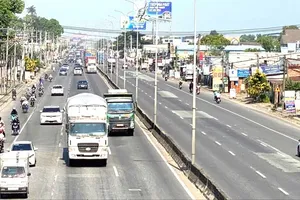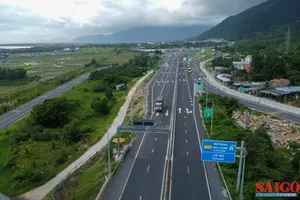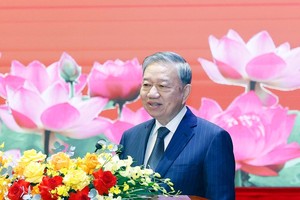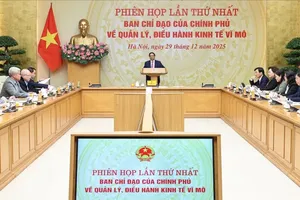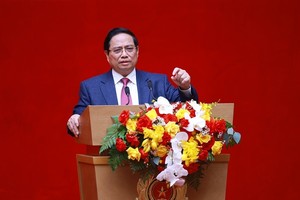On the morning of November 21, a forum on forest carbon credits brought together experts and policymakers to discuss strategies for improving the operational framework of Vietnam’s forest carbon credit market.
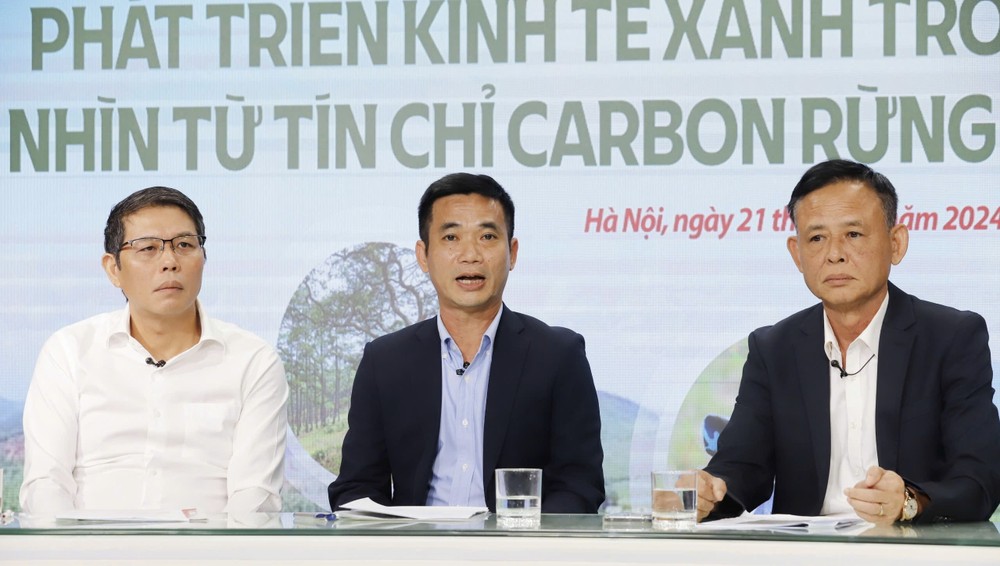
Despite significant progress by neighboring countries, Vietnam continues to face challenges in policy, management, and implementation. However, the country also holds considerable potential for growth in this sector.
Gaps in the legal framework
Mr. Ha Cong Tuan, former Deputy Minister of Agriculture and Rural Development, highlighted Vietnam’s goal of launching a national carbon credit trading platform by 2028. To achieve this, he proposed five core solutions: raising public awareness, establishing an efficient operational framework, adopting independent monitoring technologies, creating a national coordinating body, and aligning with international standards.
While Vietnam holds substantial potential for carbon credits from forestry projects, Mr. Ha Cong Tuan acknowledged that transforming this potential into tangible outcomes remains a lengthy process.
Echoing this view, Mr. Nguyen Dinh Tho, Director of the Institute of Strategy and Policy on Natural Resources and Environment under the Ministry of Natural Resources and Environment, identified the primary obstacle as “significant gaps in the legal framework.”
Mr. Nguyen Dinh Tho pointed out that the 2017 Forestry Law fails to clearly define benefit-sharing mechanisms for carbon credits, complicating efforts to attract investment. However, he emphasized the promising opportunities, particularly from plantation forests.
With two million hectares of plantation forests, Vietnam could generate an additional 120,000 tons of carbon dioxide per hectare over a decade. This represents a substantial economic opportunity, provided the policy framework is strengthened and benefit-sharing mechanisms are made transparent.
From another perspective, Mr. Tran Hieu Minh, Head of the Department of Science, Technology, and International Cooperation at the Forestry Department (Ministry of Agriculture and Rural Development), discussed the challenges in processing carbon credit payments under the agreement with the World Bank (WB).
This is Vietnam's first carbon credit transfer program, with an expected revenue of US$51.5 million from transferring 10.3 million credits. However, 5.9 million credits have yet to be transferred.
Mr. Tran Hieu Minh emphasized, "Carbon credits need to be processed promptly, as their value decreases over time, which affects the transaction price."
By the end of 2023, the North Central Coast and Central Highlands regions had reduced emissions by 15.3 million tons of carbon dioxide and are expected to reach 16.5 million tons in 2024. This is the foundation for Vietnam to transfer carbon credits to the Forest Carbon Partnership Facility (FCPF) or auction them to attract more investors. Additionally, Decree No.107 of 2023 is currently being reviewed and adjusted to better align with real-world conditions.
The need for transparency and independent verification
The global carbon credit market is expanding rapidly. Mr. Vu Tan Phuong, Director of the Vietnam Forest Certification Office, explained that carbon credits are an essential tool for fulfilling emission reduction commitments. There are two main markets: the voluntary market and the compliance market, with prices ranging from $1 to $200 per credit, depending on the project type and applicable standards.
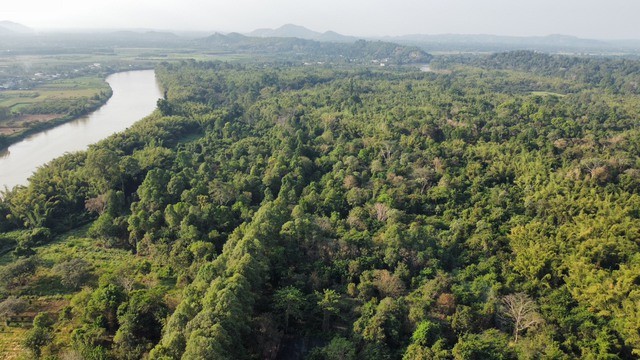
In Vietnam, the Ministry of Agriculture and Rural Development is working to develop its own standards to attract investment and effectively manage this market, aiming not only to reduce emissions but also to foster the growth of a sustainable forestry economy.
Initial successes, such as signing the carbon credit transfer agreement with the World Bank, implementing payments in the North Central Coast region, and achieving emission reductions from plantation forests, show Vietnam's significant potential.
However, to move forward, it is essential to address legal gaps, harmonize policies, and ensure local communities benefit. Mr. Ha Cong Tuan suggested, “The government’s role should be to support and create the best conditions for people and businesses to thrive.”
Mr. Ha Cong Tuan added, "We must now focus on independent consultation and monitoring mechanisms. Relying solely on the government will not succeed. Emissions monitoring and verification at the business level must be independent and non-governmental."
In conclusion, the proposed solutions include establishing a clear legal framework, setting up a national carbon credit trading platform, implementing independent monitoring technologies, encouraging private and international investment, and ensuring transparent and equitable benefit-sharing mechanisms that align with international standards.






